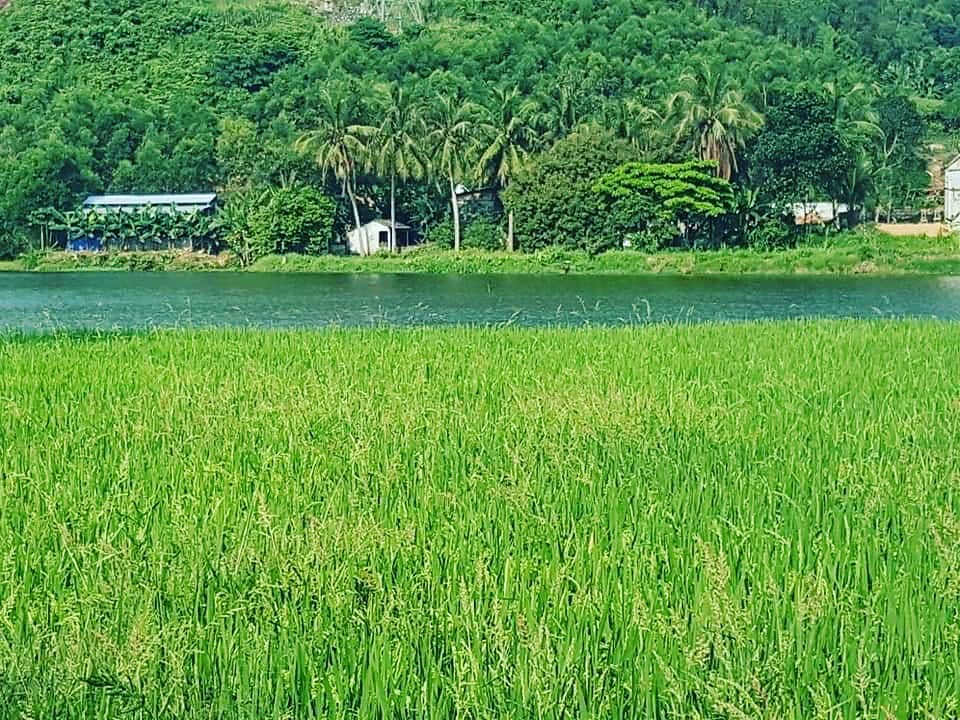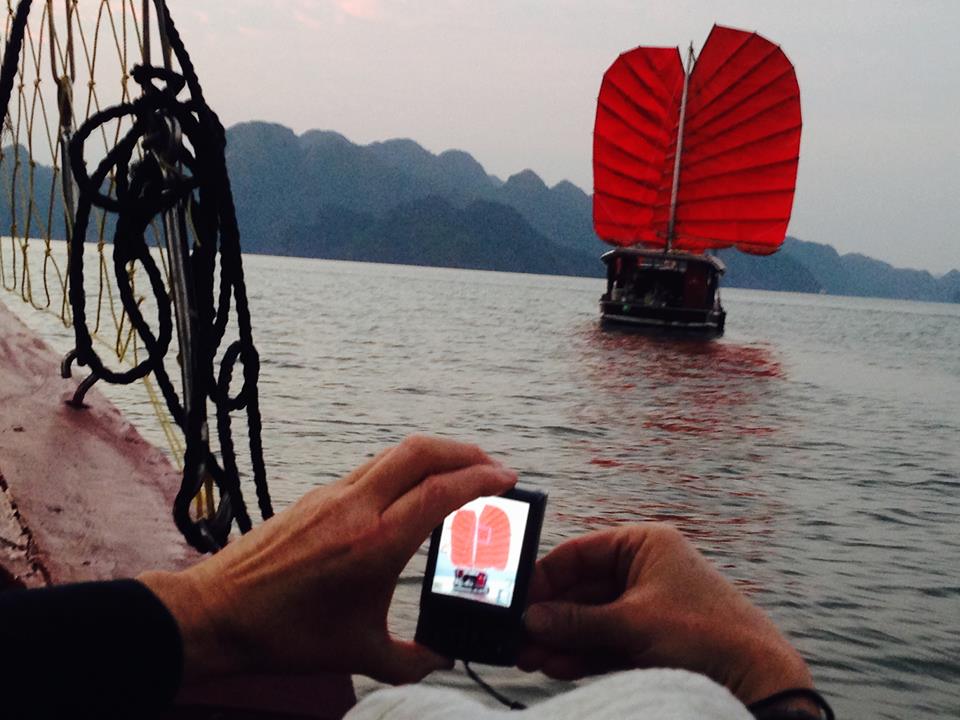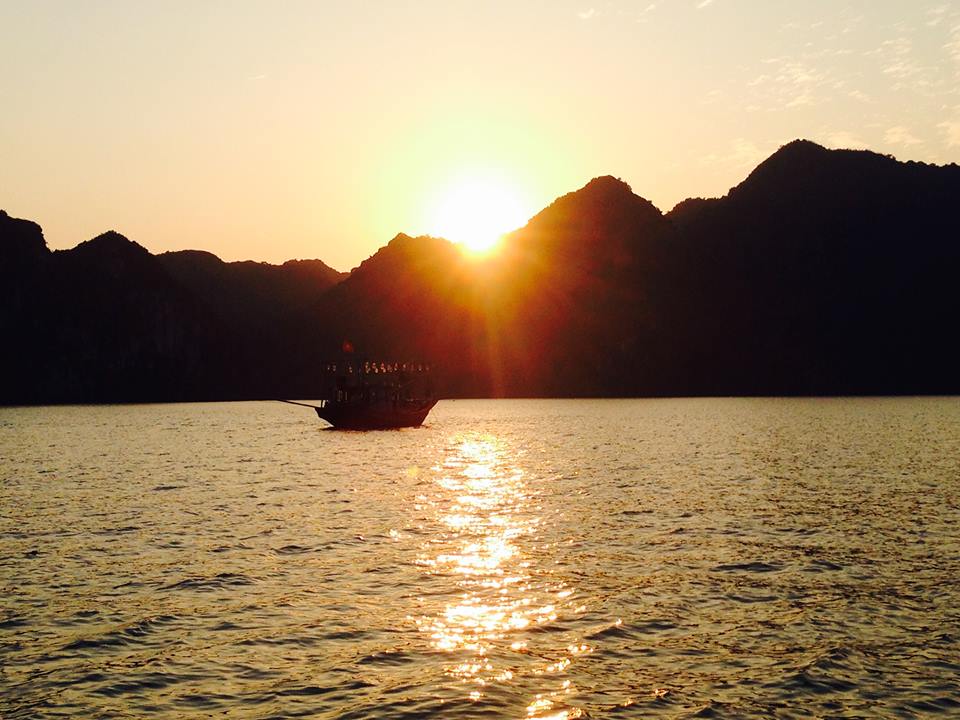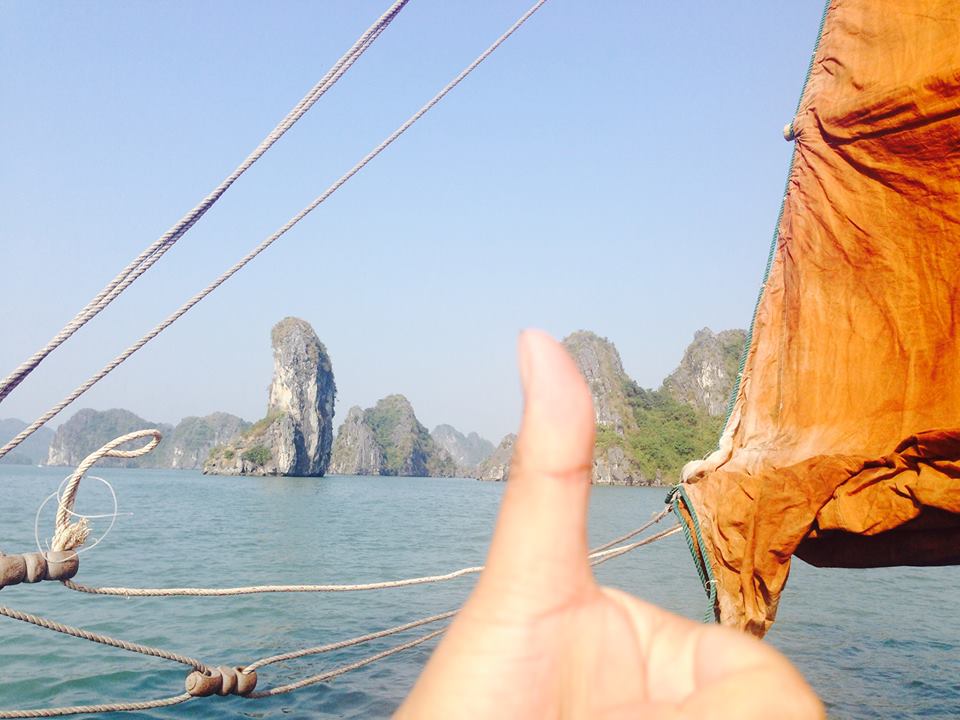Blog de Voyage
Dong Du Village
The Western Nghe An Biosphere Reserve
Updated: 5/7/2018 | 11:58:15 PM
The Western Nghe An Biosphere Reserve is located in central Viet Nam in mountainous and remote area which is difficult to access. Its climate is strongly influenced by a north-east and south-west monsoon. The topography of the surrounding Annamite mountain range also impacts atmospheric circulation, resulting in significant climatic differences throughout the area. The region hosts some of the most diverse and rich flora and fauna in Viet Nam.
Region: Socialist Republic of Vietnam
Province: Nghe An
District: Anh Son, Con Cuong, Tuong Duong, Quy Chau, Quy Hop, Que Phong, Ky Son, Thanh Chuong, Tan Ky
Designation date: 2007
Administrative authorities: Western Nghe An Biosphere Reserve, People’s Committees of Nghe An Province.
Surface area (terrestrial and marine): 1,303,285 ha
Core area(s): 191,922 ha
Buffer zone(s): 503,270 ha
Transition area(s): 608,093 ha
The Proposed Biosphere Reserve has area of about 1,303,285 ha and covers nine mountainous districts including Con Cuong, Anh Son, Tuong Duong, Que Phong, Quy Chau, Quy Hop, Thanh Chuong and Tan Ky. The proposed Biosphere Reserve has been designed based on the criteria to perform three functions of internationally Proposed Biosphere Reserves, the development strategy of the country, the commitment of Nghe An provincial People’s Committee in implementing the Convention of Biological Diversity (CBD) and Agenda 21 national project. The Proposed Biosphere Reserve has 440.8 km friendship border with Laos People’s Democratic Republic. Therefore, there is an opportunity for building a Transboudary Biosphere Reserve after reaching an agreement between the governments.
The bio-geological area of the Proposed Biosphere Reserve belongs to the ecological system of tropical rainforest with 12 forms of ecological system recognized by UNESCO – MAB. The remaining primary tropical rainforests in this Proposed Biosphere Reserve are still a very precious heritage despite the fact that these forests have undergone a lot of past and on-going stresses, including the resistance war against the French, the anti-American war, illegal logging of timber by forest thieves and exploitation by the poor local people whose livelihoods are forest-dependent. This remained preserved vast and diverse primary tropical forest is clearly indicative of strong commitment and exertion of local government and people to protect forests in an age where other regions have let go with economic development at the expense of the forest.
This is the largest in comparison to the Biosphere Reserves recognized and in the system of Reserves in Viet Nam. It is built based on the ideas about the principle of preserving overall landscape with space separated between three protected areas (including a National Park and two special Nature Reserves), which will be inter-connected by buffer zones. The large area of the remaining primary forest, including the part where people have never set foot on will be the place for scientist and researchers to discover new species and species that are endangered of extinction, such as the Pseudoryx nghetinhensis.
The inhabitants of the Proposed Biosphere Reserve include ethnic groups such as: Thai, Dan Lai (Ly Ha), Kho Mu, O Du, H’Mong and Kinh. In particular, the O Du account for only 528 people (according to the survey result on 30/12/2003) who are continuously in decline and who live in very difficult situation. These ethnic groups have remained in the region before the 11th century, who possesses distinguishable culture of Nam Non – Nam Mo – Ca River confluence. Furthermore, the area marked the last limit of Thai people when emigrating to the South. The Proposed Biosphere Reserve will play a part in developing the economy, increasing living standards through green tourism activities, scientific research, awareness-raising and environment education activities and also in preserving national cultural characteristics.
The Western Nghe An Proposed Biosphere Reserve include Pu Mat National Park and 2 Pu Huong and Pu Hoat Nature Reserves, which are divided between nine administrative mountainous districts of the western Nghe An province following North – South axis. The Proposed Biosphere Reserve includes all Ca River head valley with 3 important effluents: Hieu River, Nam Non River and Nam Mo River. The areas belong to the ecological region of Annamite range. The ecological region of Annamite range stretches away between Viet Nam and Laos’s territory. Ca river-bed (Lam River) is the only hinge fault of Annamite ecological region that brings about diversified and plentiful complexity of Annamite ecosystem...
Building the Western Nghe An Proposed Biosphere Reserve will bring about a corridor that preserves biodiversity including flora and fauna of international and national importance as mentioned in IUCN and Viet Nam Red Book (section about the Northern Annamite biodiversity). Based on criteria for priority ranking of conservation system, the Proposed Biosphere Reserve is one of the top ranked regions of conservation system in Viet Nam.
Ecological Characteristics
The biosphere reserve has three core areas including one national park and two nature reserves, covering almost of types of tropical rainforest and various habitats including mountain, wetlands, rivers and others.
An area of primary forest is located along the border with Laos. Recently, around 2,500 species of vegetation have been reported, with around 2,000 species (74%) belonging to the category of Phanerophytes.
There are, at present, 130 species of large and small mammals, including 295 bird species, 54 species of amphibians and reptiles, 84 species of fish and 39 species of bats found only in Viet Nam and north-east Thailand.
In addition, there are 14 species of tortoises, 305 species of butterflies and thousands of species of other insects, including 68 valuable and rare species recorded in the Red Book of Viet Nam.
There are 295 species of birds including local and migratory birds and 22 species considered to be globally threatened and endangered. Two populations are of global significance, including the crested argus (Rheinardia ocellata) and great hornbill (Buceros bicornis), the rufous-necked hornbill (Aceros nipalensis), while the lesser fish eagle (Ichthyophaga humilis) is of national significance.
Socio-Economic Characteristics
The majority of the inhabitants in the area belong to the Thaï ethnic group. Other ethnic groups include the Kho Mu, Kinh, O Du and H’Mong. The O Du population has inhabited the area since the tenth century but its numbers have dwindled. As of 2007, only 563 O Du people remained, living in poor conditions.
The main economic activities in the area are agriculture, cattle grazing, fishery, weaving and woodwork. In 2006, the Vietnamese government began construction of the Ban Ve hydroelectric plant in the area. The plant was built on the Nam Non River and covers a water surface area of 4,500 ha delivering up to 75.5 MW.
(Source: Dong Du Village Lakeside Farmstay)
Autres Nouvelles
- Réserve naturelle de Pu Luong, trésor caché du Tonkin
- Nghe An Province: Unique homestay tours delight foreigners
- New nature reserve in Nghe An, Vietnam
- Visiting Pu Mat National Park
- Potential and outlook of eco-tourism in Việt Nam
- A japanese expert was inspired by natural treasure of Pu Mat National Park, Nghe An
- Enjoy swimming in the Khe Lau lake
- Peaceful vibes and comfortable guesthouse
- Les alentours de charmant gite Dong Du
- Découverte de la campagne verdoyante de Dong Du











